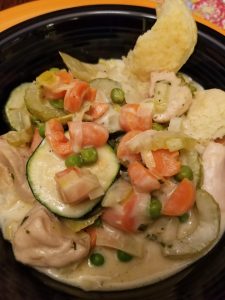Among my various around the house activities these past few months, I couldn’t help to succumb to the siren call of trying to make homemade bread. It was a big deal; there were many (mostly imaginary) obstacles for me to overcome to attempt such a culinary adventure: my fear that it would be complicated, my disinterest in kneading, my lack of proper bread pans, and the absence of yeast in my pantry. Over zoom happy hour a while back, my friend mentioned that she had found a really easy recipe for rosemary-lemon bread that you make in a cast iron Dutch oven. I’m not sure what all she said after that, I only heard certain words which continue to ring in my mind: rosemary, lemon, crusty, soft inside.
I wiped away the drool and demanded that she send over the recipe immediately!
Now, what about the yeast? Mr. Man was planning on making a trip to the market, so I let him know that he had better come home with yeast because I needed to make this rosemary-lemon bread as soon as possible. I’m not saying that he didn’t wind up going to multiple stores on his quest, but he did return home triumphant.
Our first attempt was a moderate success. I think the dough wound up really sticky and that it didn’t achieve its full potential in terms of how much it rose. But it was tasty, and more importantly, the smell was incredible. It merited another attempt for that reason alone.

This past weekend I tried again. I was able to correct the two issues from my previous attempt and it came out even better than the first time around. I’m so excited to have made bread!
*If you are not already a bread maker, before you attempt this recipe, be warned: I feel that this is a gateway recipe that could create a lot of enthusiasm for and interest in making more/other kinds of bread (at least that is what has happened to me).
Williams-Sonoma Rosemary-Lemon No-Knead Bread
Ingredients:
- 3 cups all-purpose flour
- 1/4 tsp. instant yeast
- 1 3/4 tsp. salt
- 2 tsp. chopped fresh rosemary
- 2 tsp. lemon zest
- 1 5/8 cups water
- Cornmeal as needed
Directions:
- Combine flour, yeast, salt, rosemary, and lemon zest in a large bowl.
- Add water, stir until blended (it will look like a mess, it’s ok).
- Cover with plastic wrap and rest in a warm (70-ish) place for 12-18 hours (I tucked mine into the oven with just the oven light on overnight).
- After 12-18 hours your dough should have grown quite a bit and it should be bubbly/lumpy looking.
- Dump the dough out onto a lightly floured work surface. Sprinkle with a little flour and fold it over itself a few times (it should be easy, when it stops wanting to fold, it’s ready to rest). Cover loosely with plastic wrap and let it rest for 15 minutes.
- Get a tea towel ready with a light coating of cornmeal. Using just enough flour to keep it from sticking, form the dough into a ball. Place it on the cornmeal towel, seam side down. Dust with more flour and cornmeal and cover with another tea towel. (My dough ball quickly turns itself into a dough blob. It’s the thought that counts, right?)
- Let rest for 2 hours (dough should double in size and should not spring back when poked).
- At the 1.5-hour mark of your dough ball rest, put your Dutch oven (including lid) in your oven and preheat to 450. You want your pot to preheat for at least 30 minutes.
- Remove the pot from the oven. Uncover the dough and use the bottom towel to pick it up. Carefully dump it in the pot (I got cornmeal EVERYWHERE, just sayin’). You can shake the pot a little if it looks too wonky. You also can use a knife to cut some slits in the top of the dough (it feels like a very professional-baker kind-of thing to do). Put the lid on and bake for 30 minutes. Uncover and continue to bake for 15-30 minutes (until the top is golden brown).
- Remove from the oven and let it cool in the pot for 10 minutes before turning it out (I like to dump it out on a clean tea towel, otherwise I get cornmeal everywhere all over again).
I recommend having softened butter handy and digging in while it’s still warm. If you want to keep yourself from eating the whole thing, cut it in half right away and run some over to your neighbor.

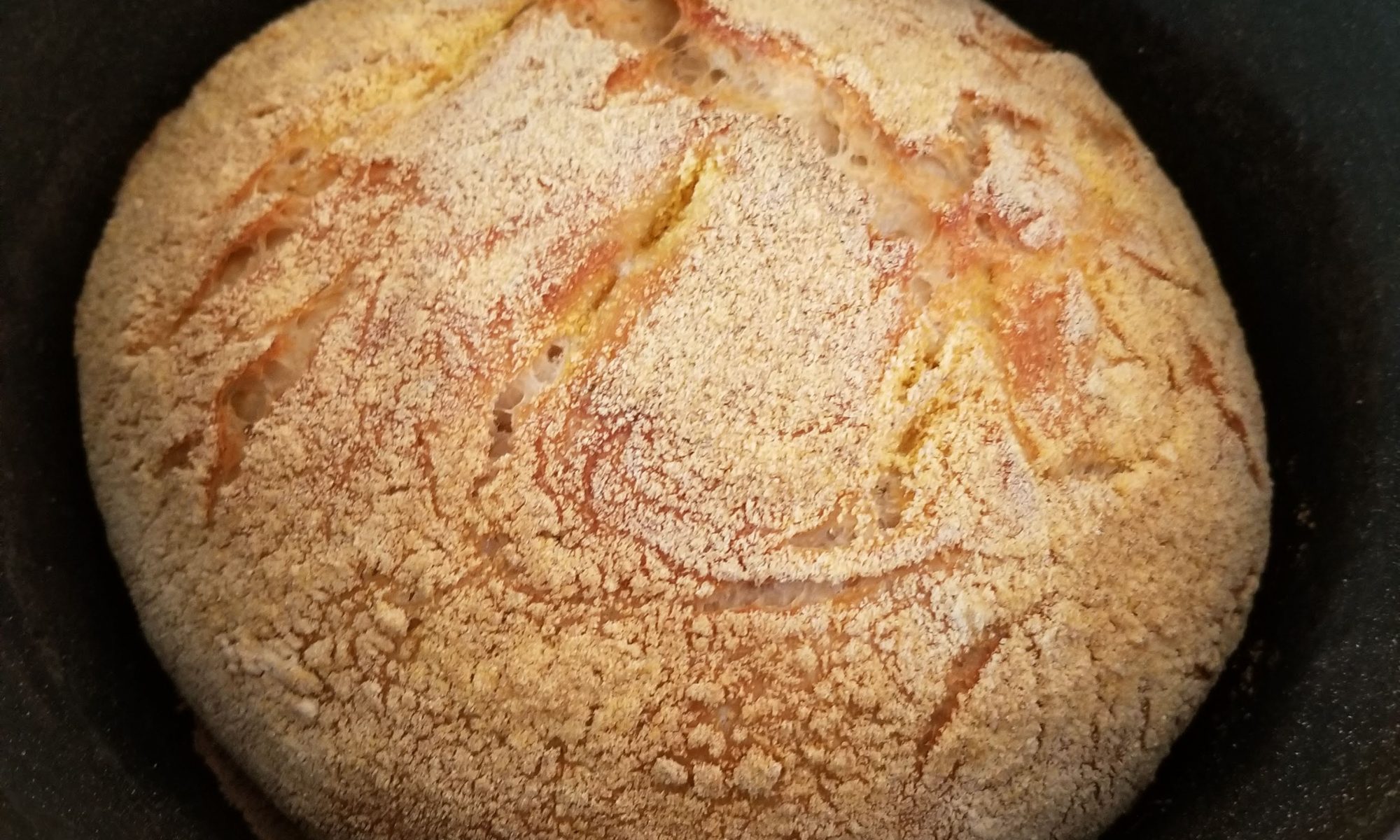


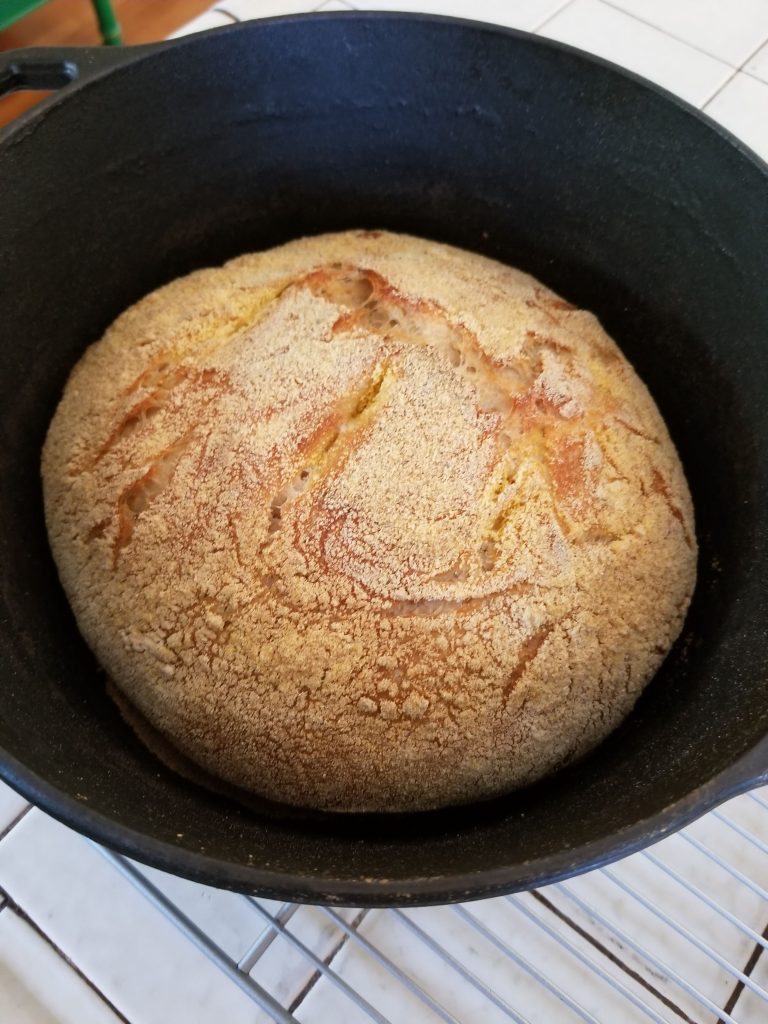
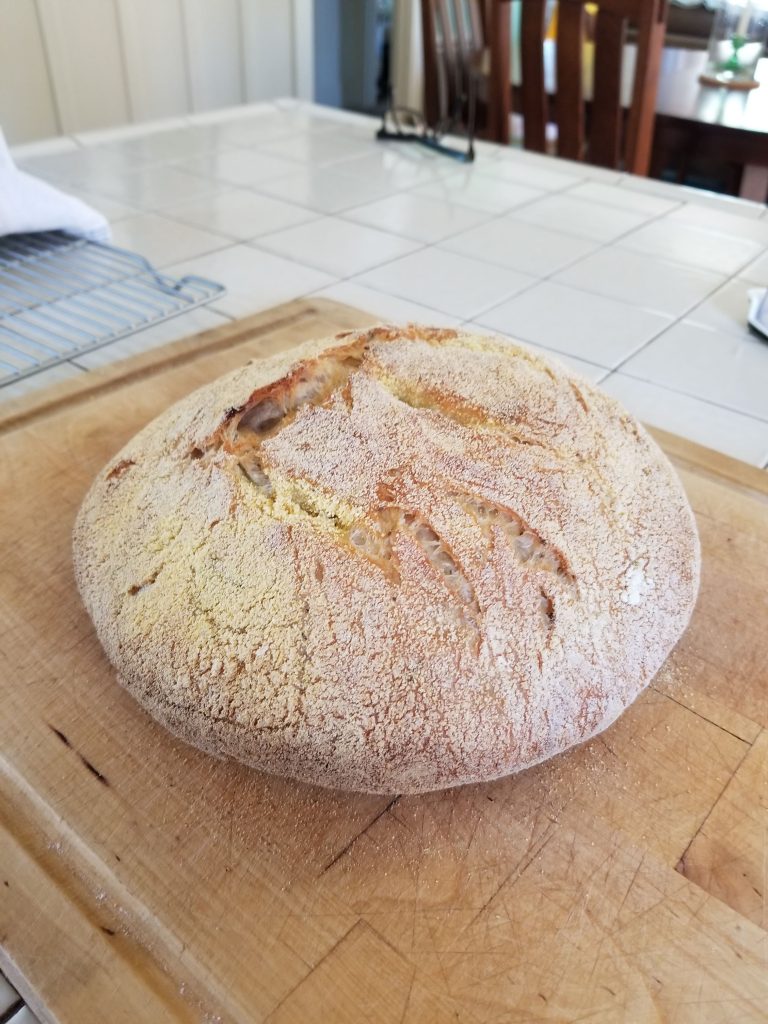
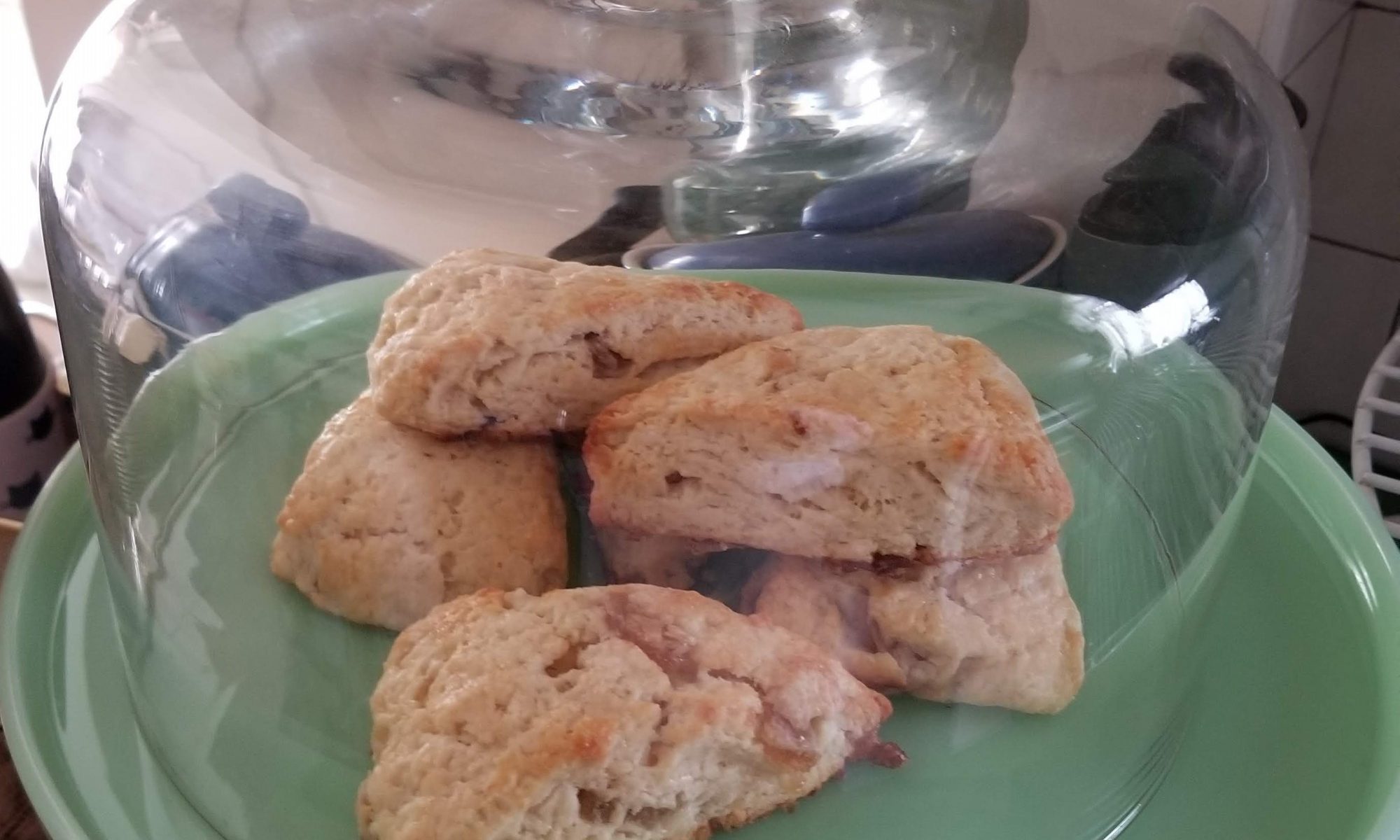
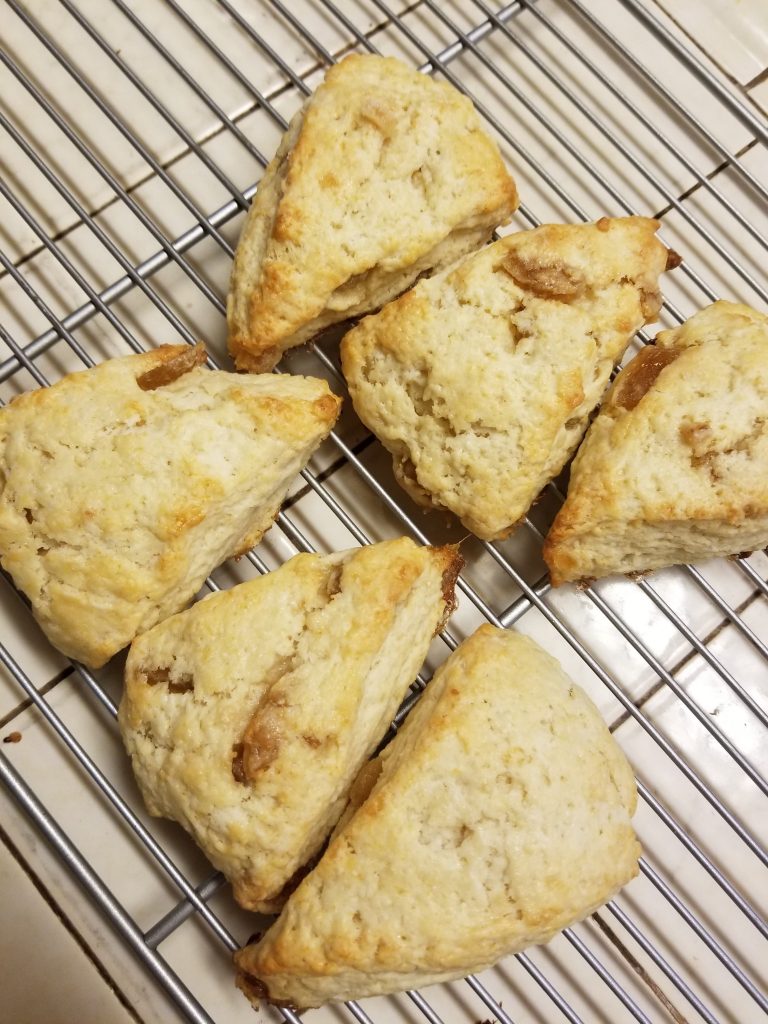

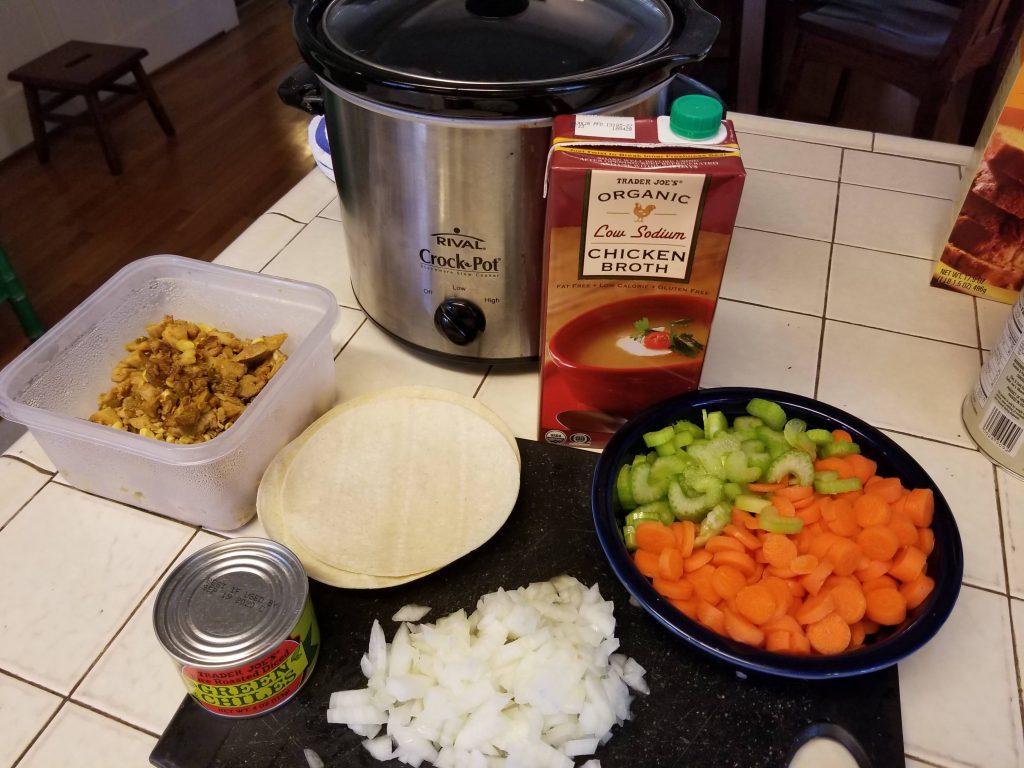
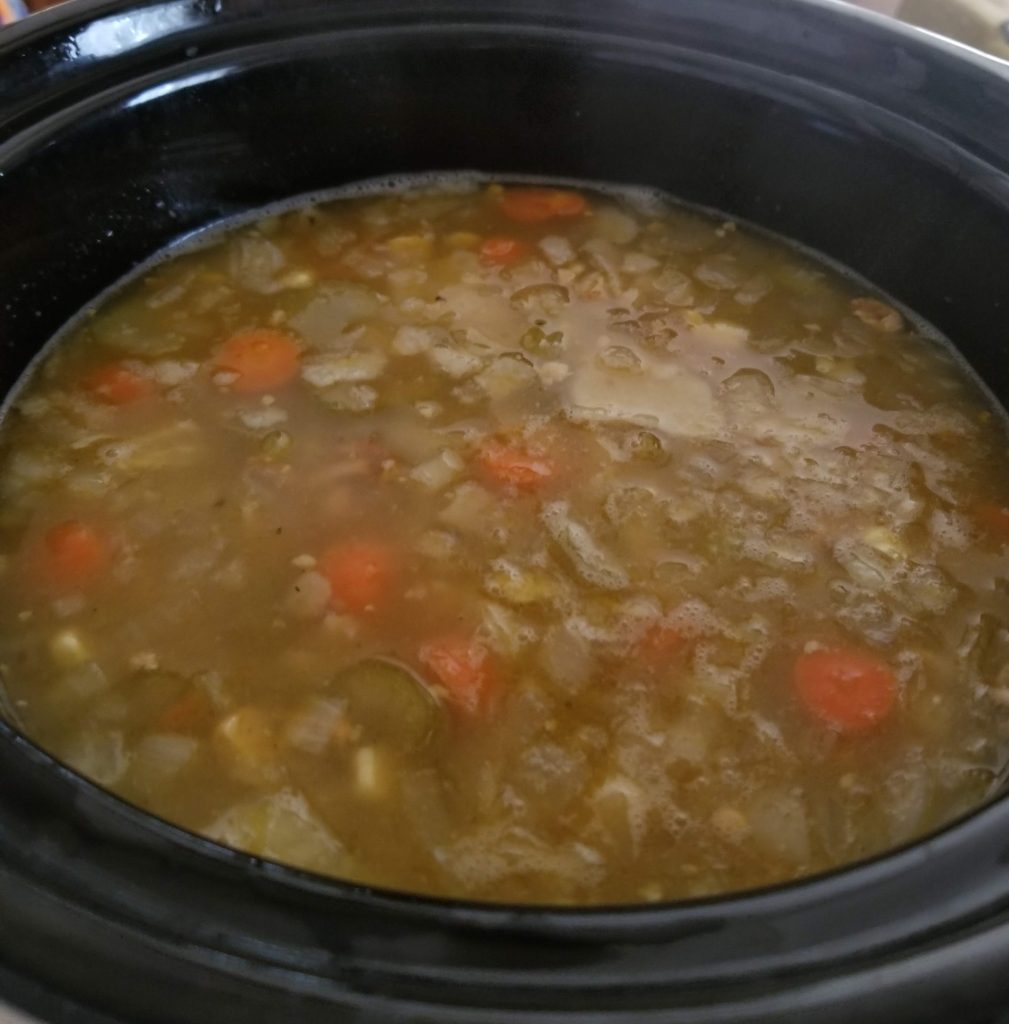

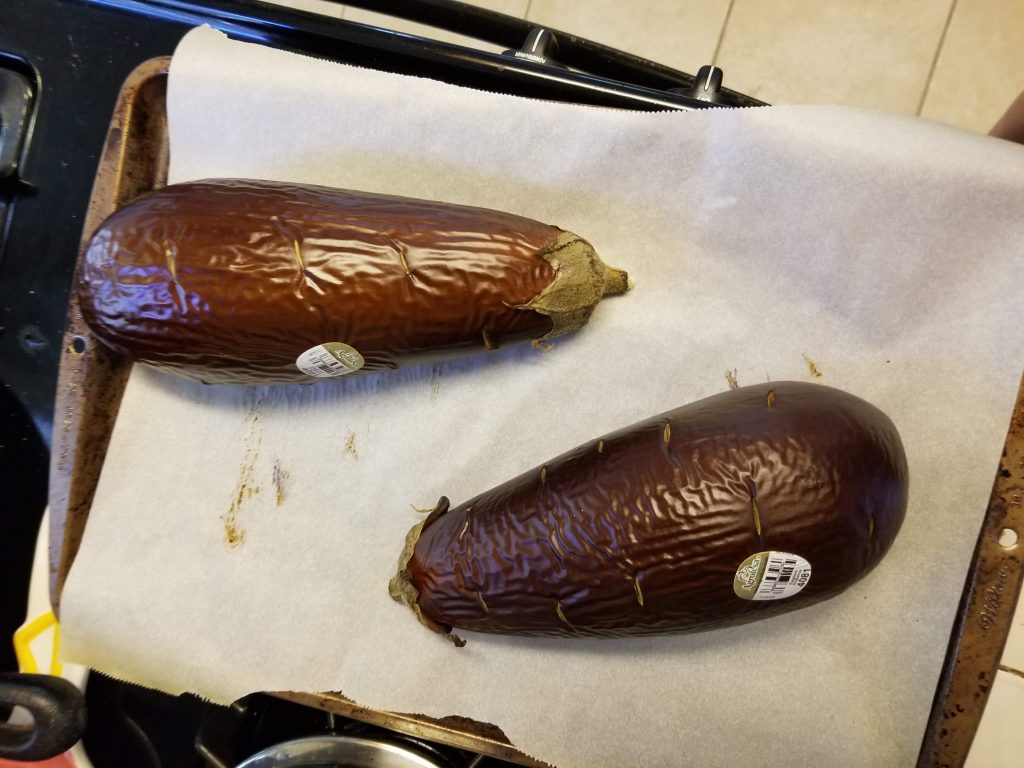

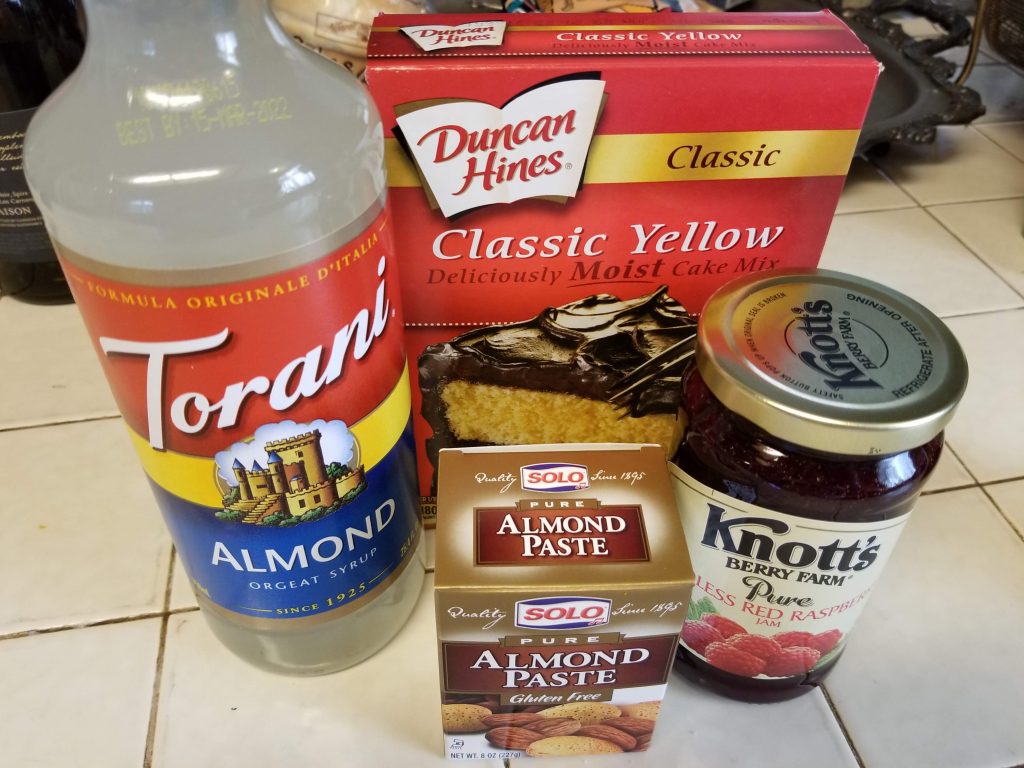
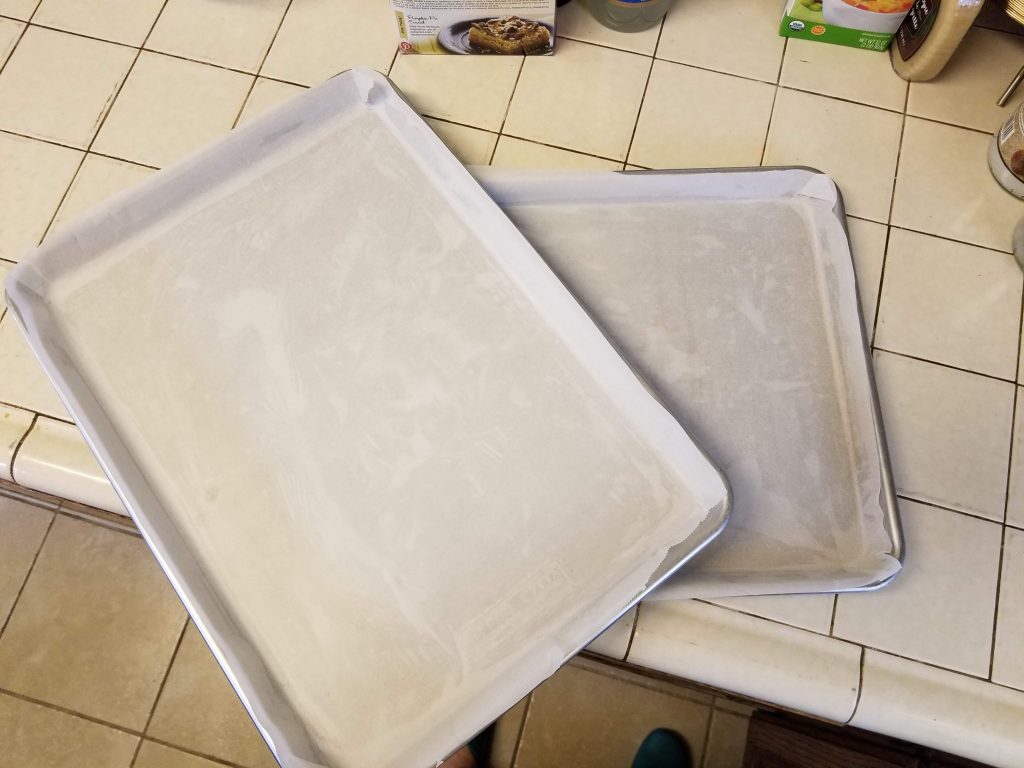
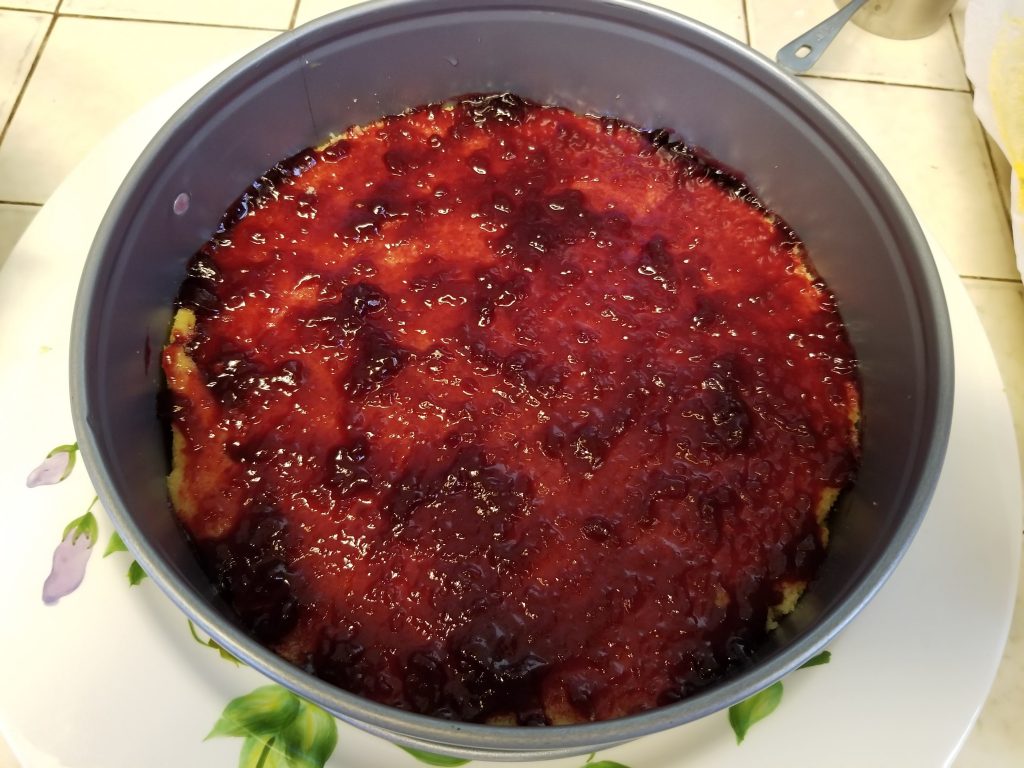

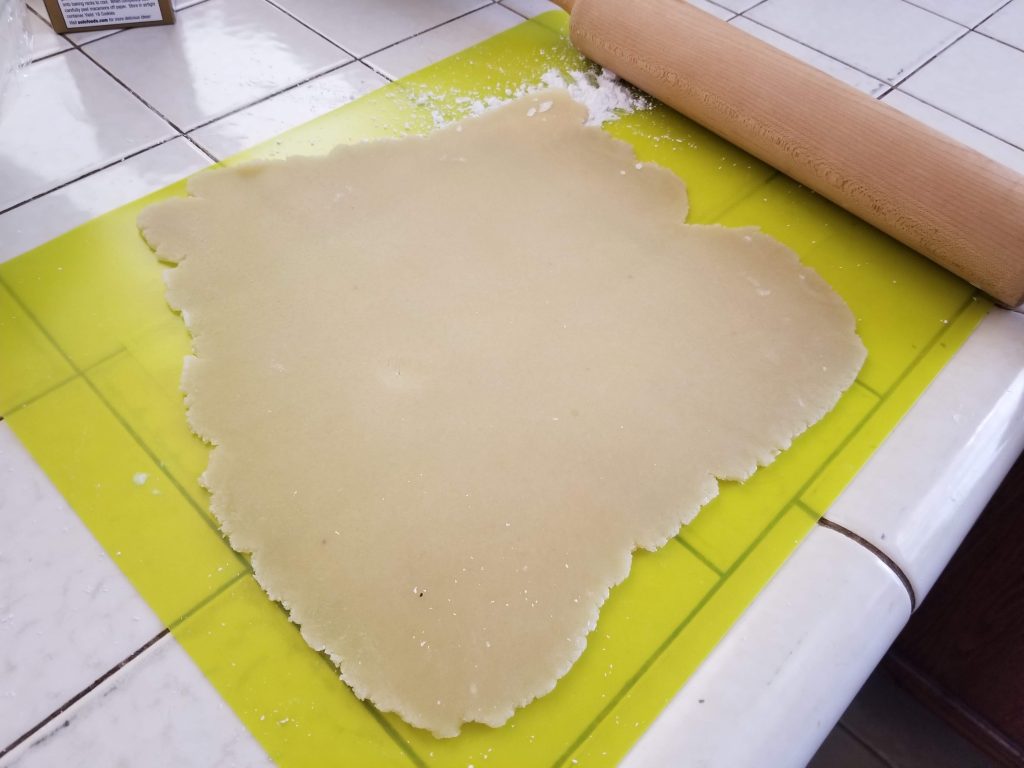
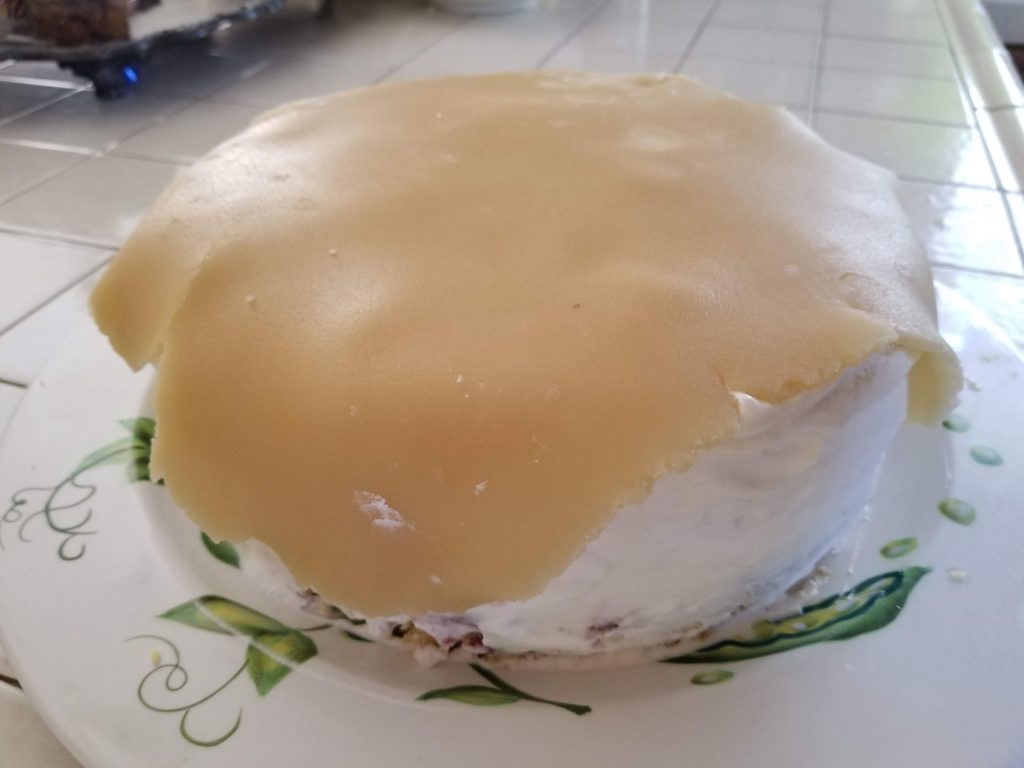

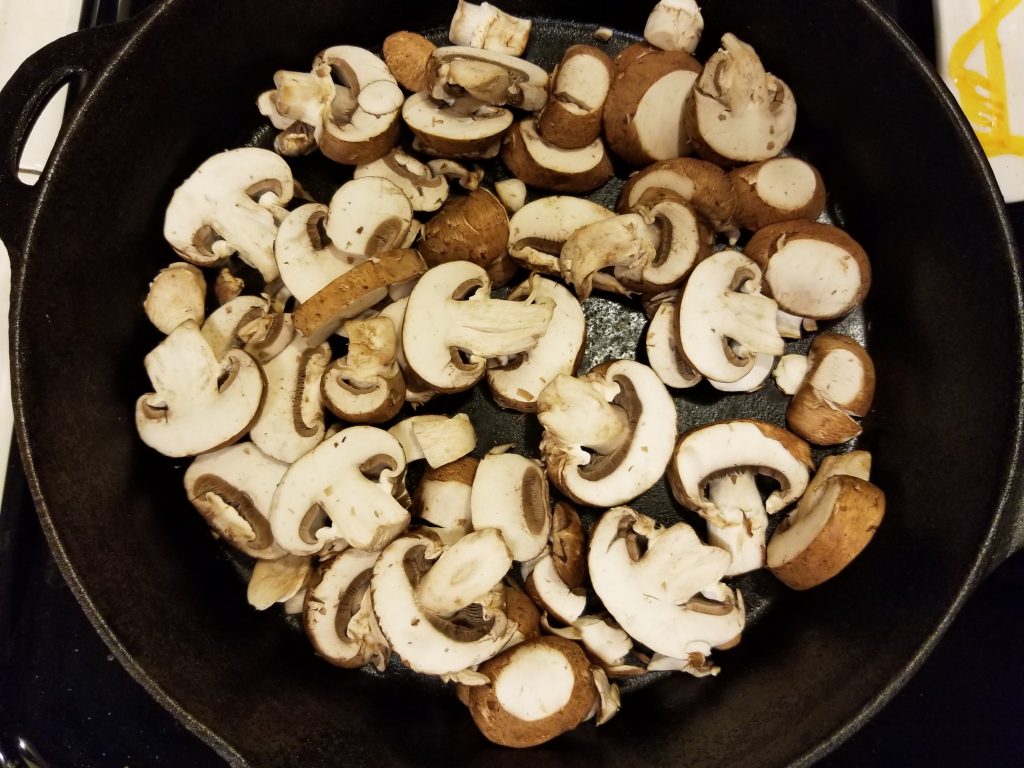
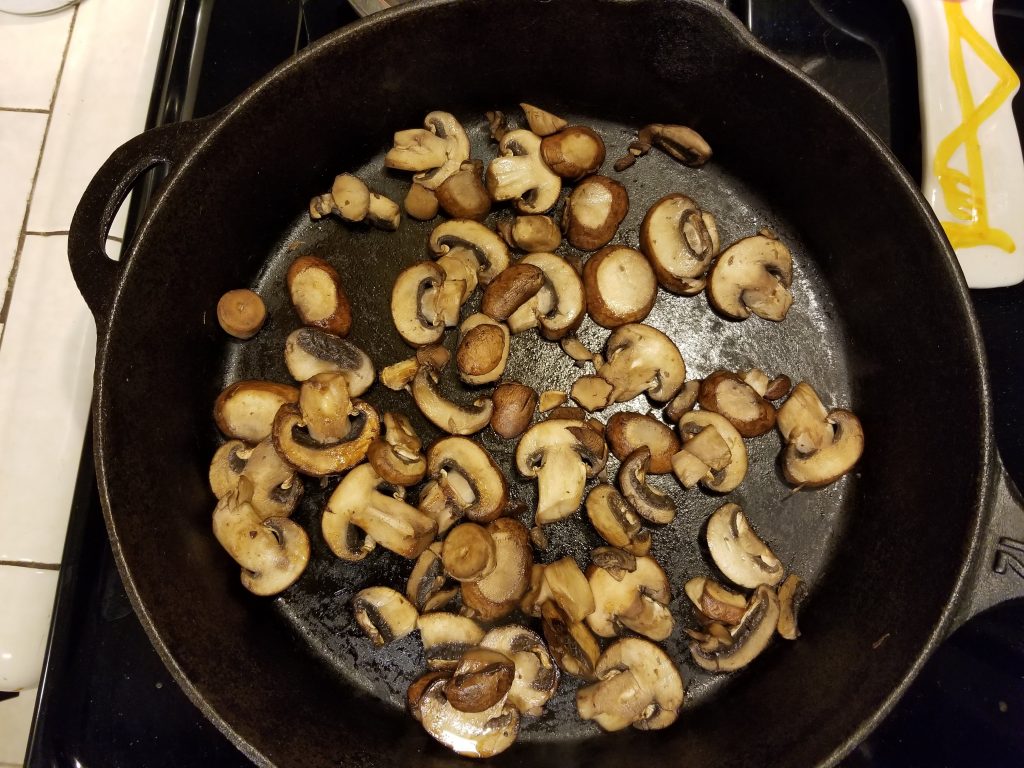

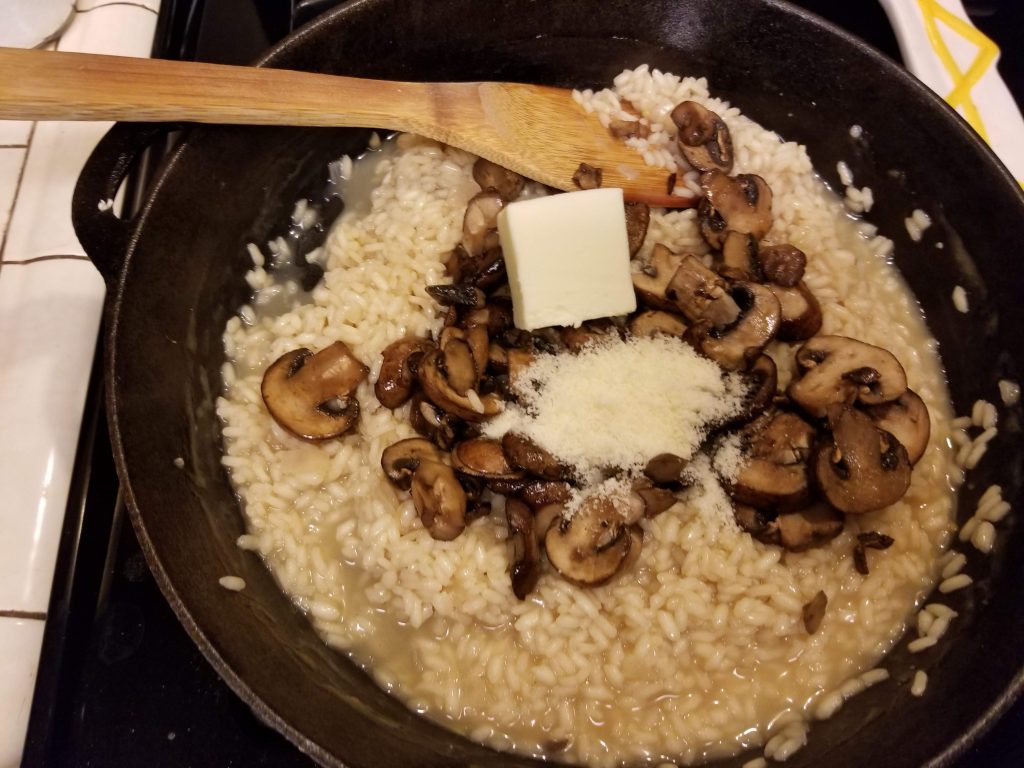
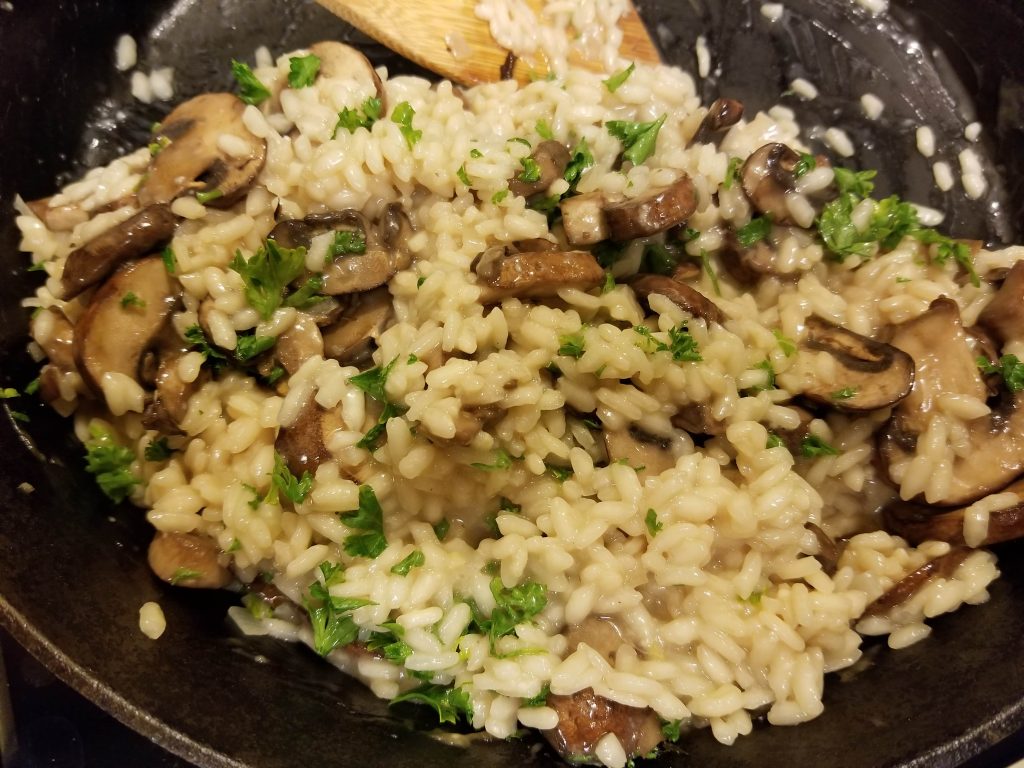

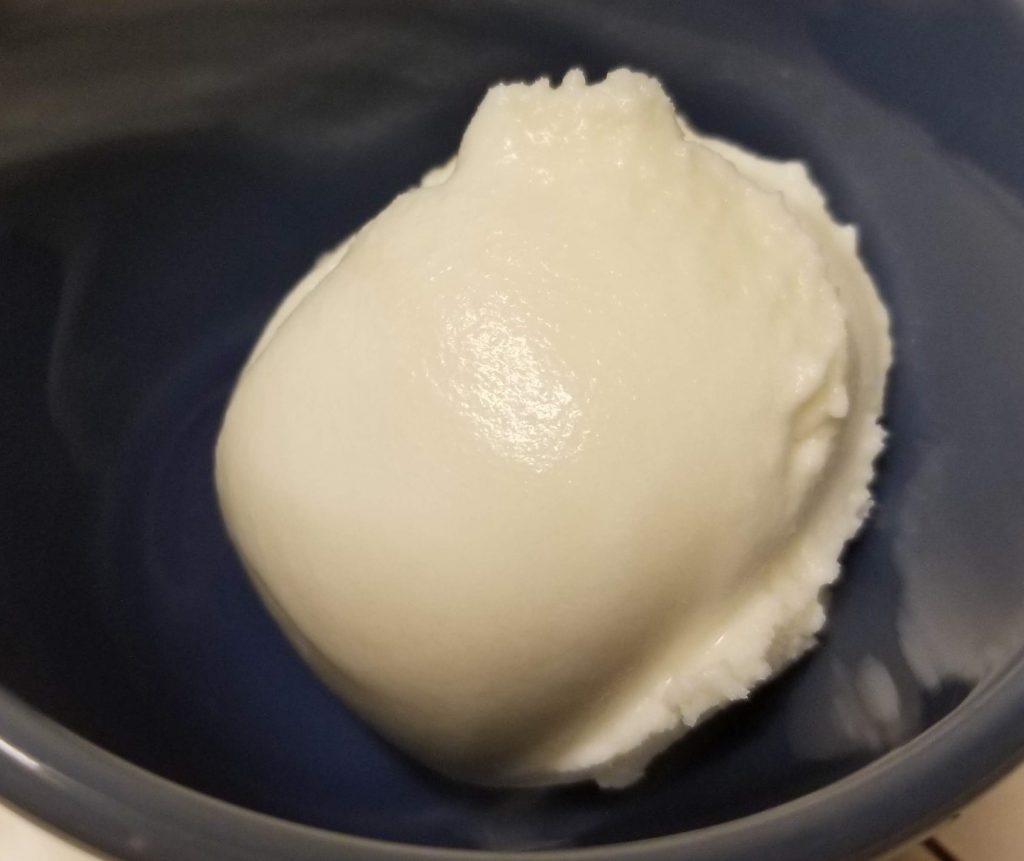
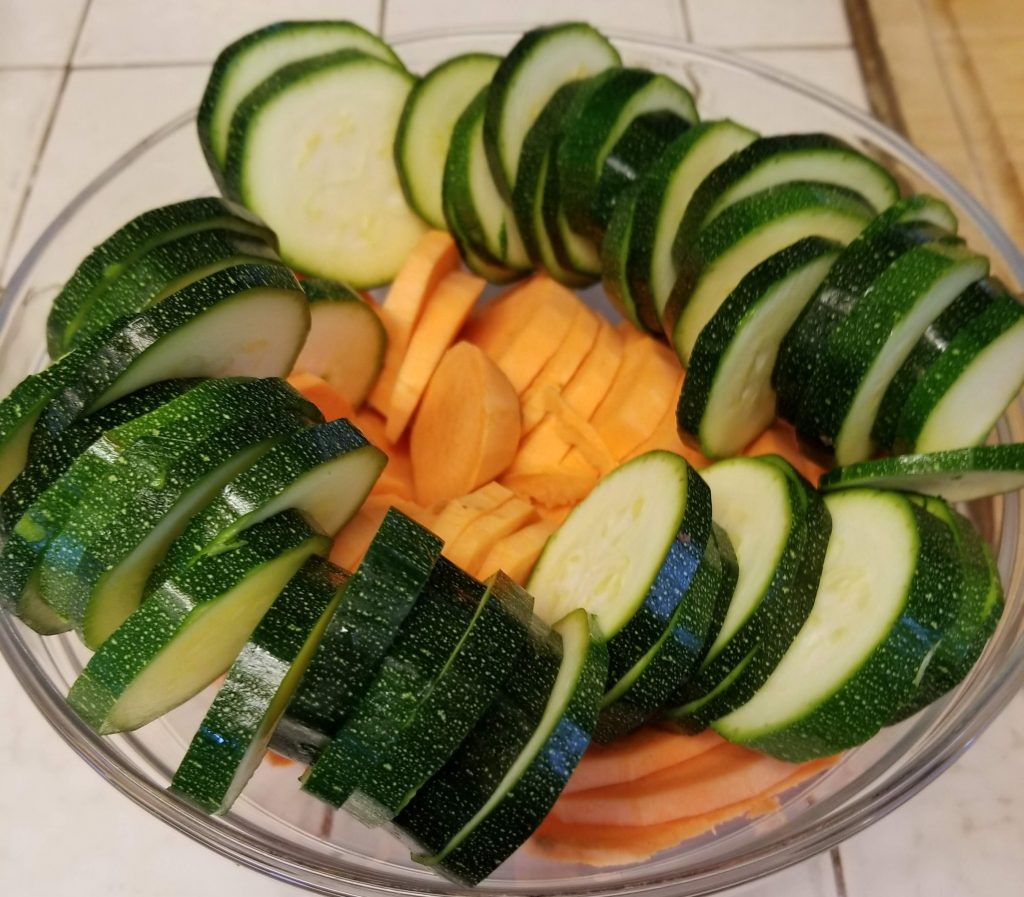
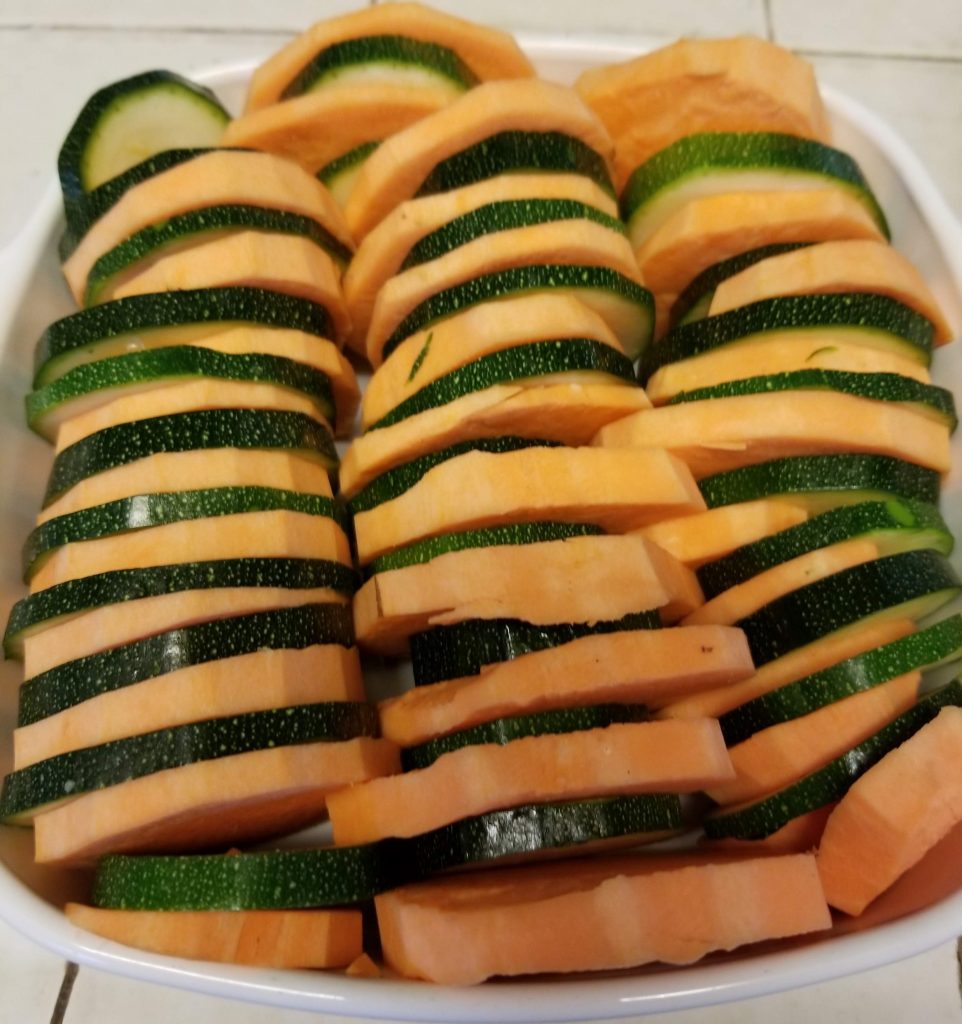
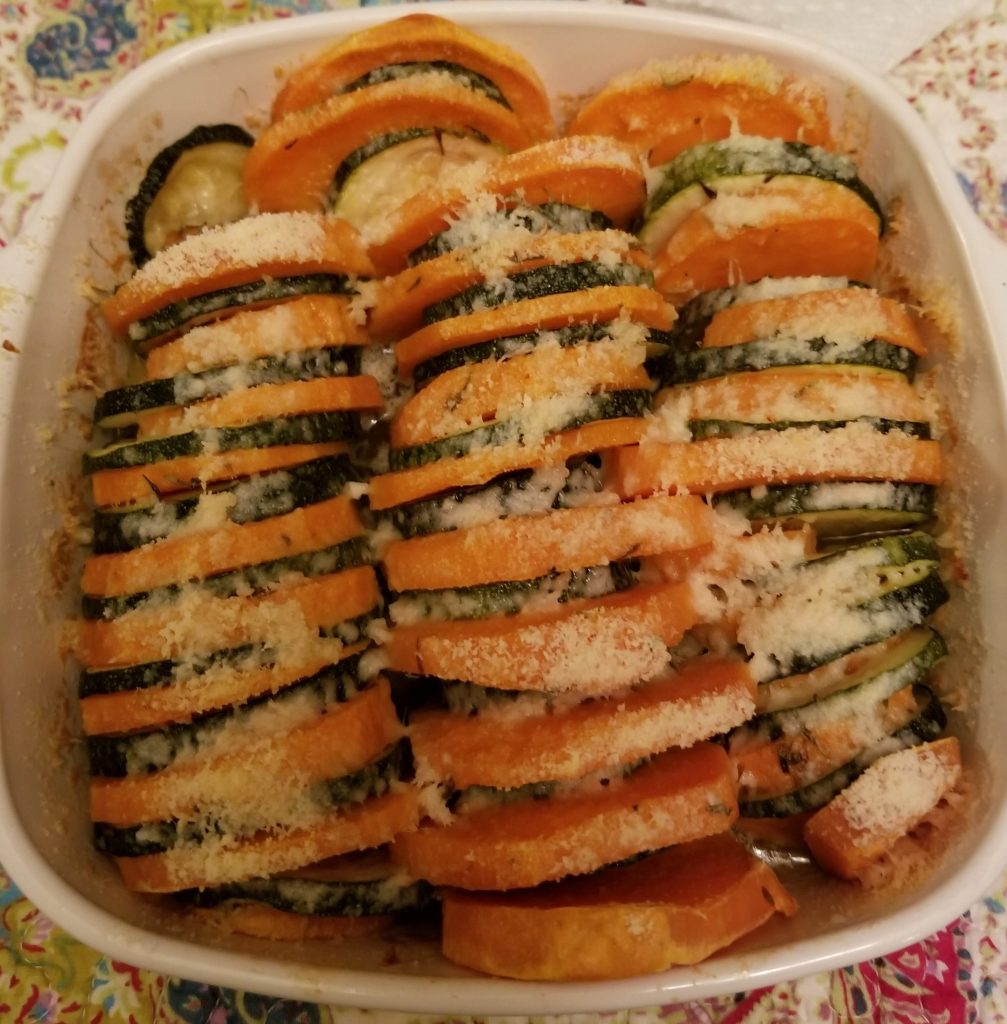
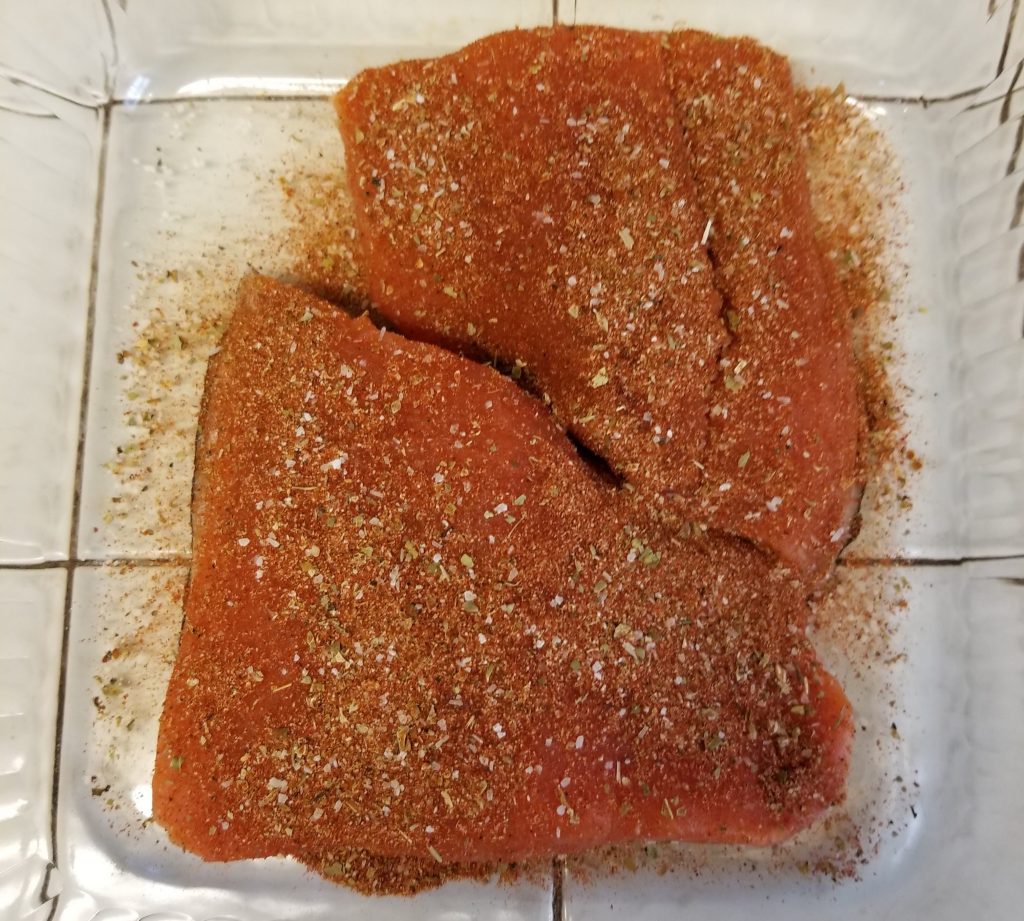
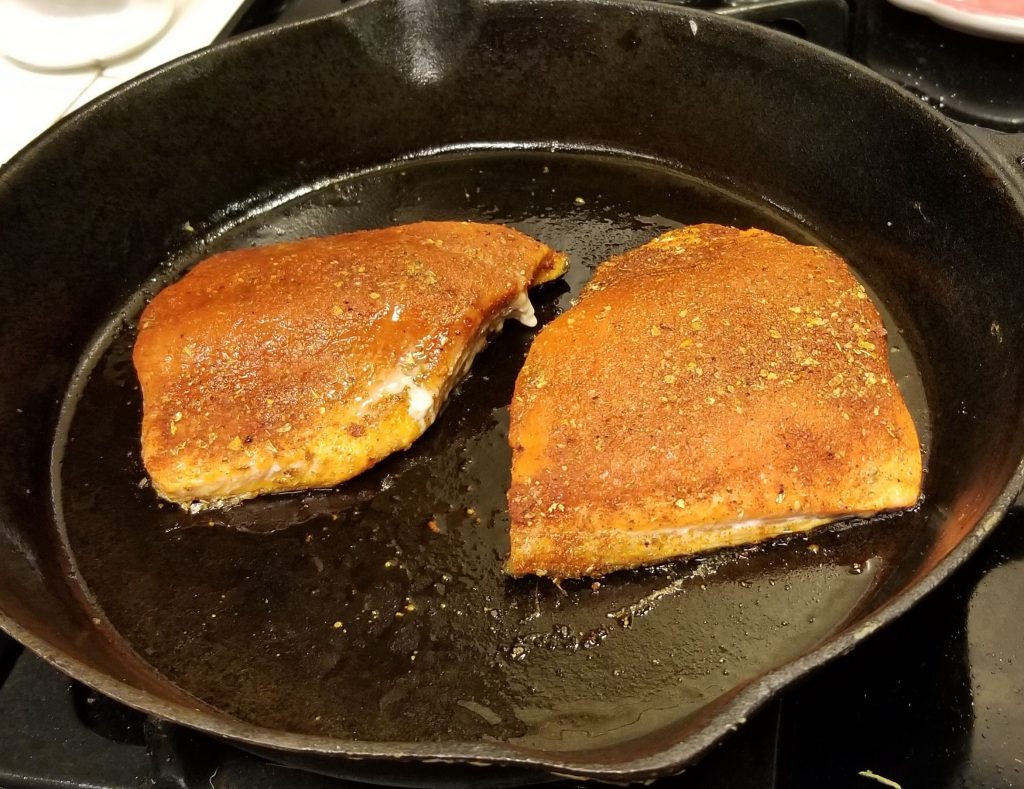
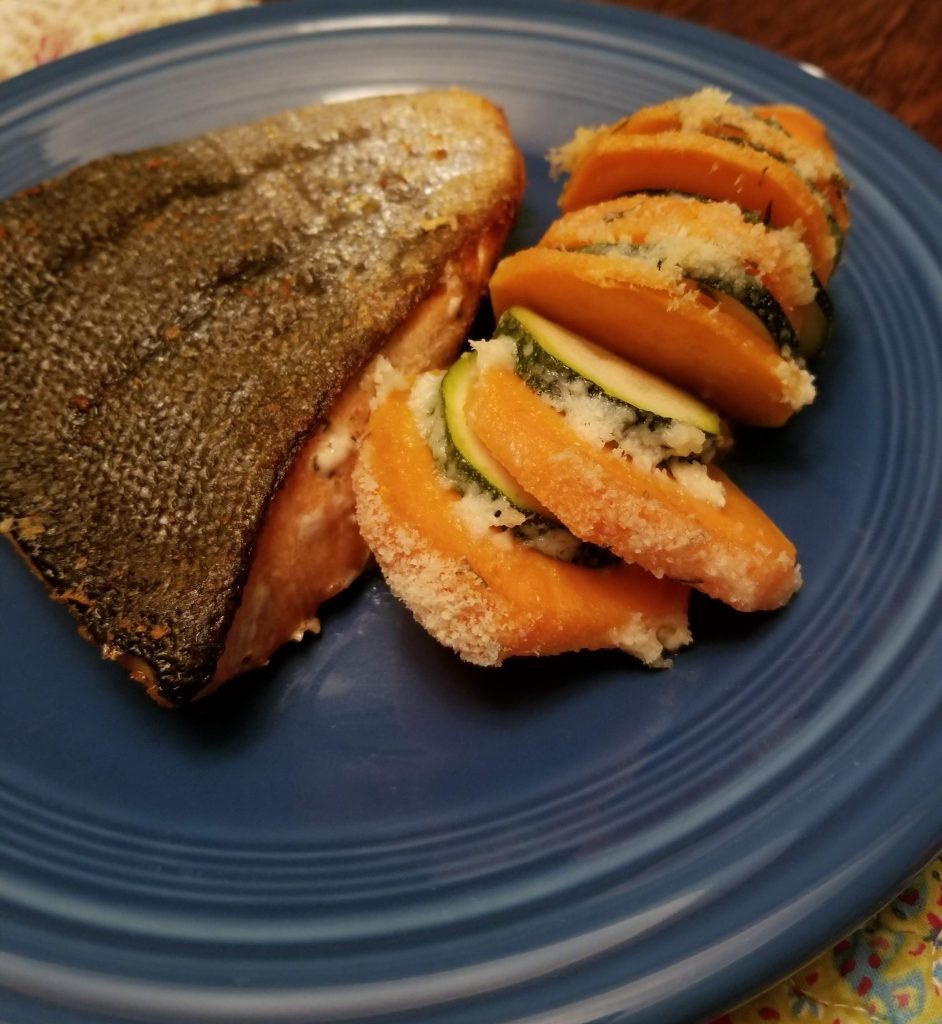
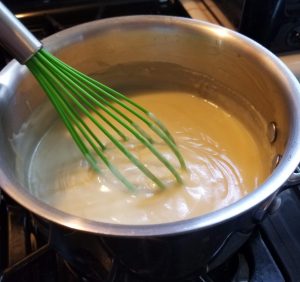
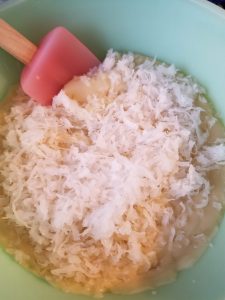
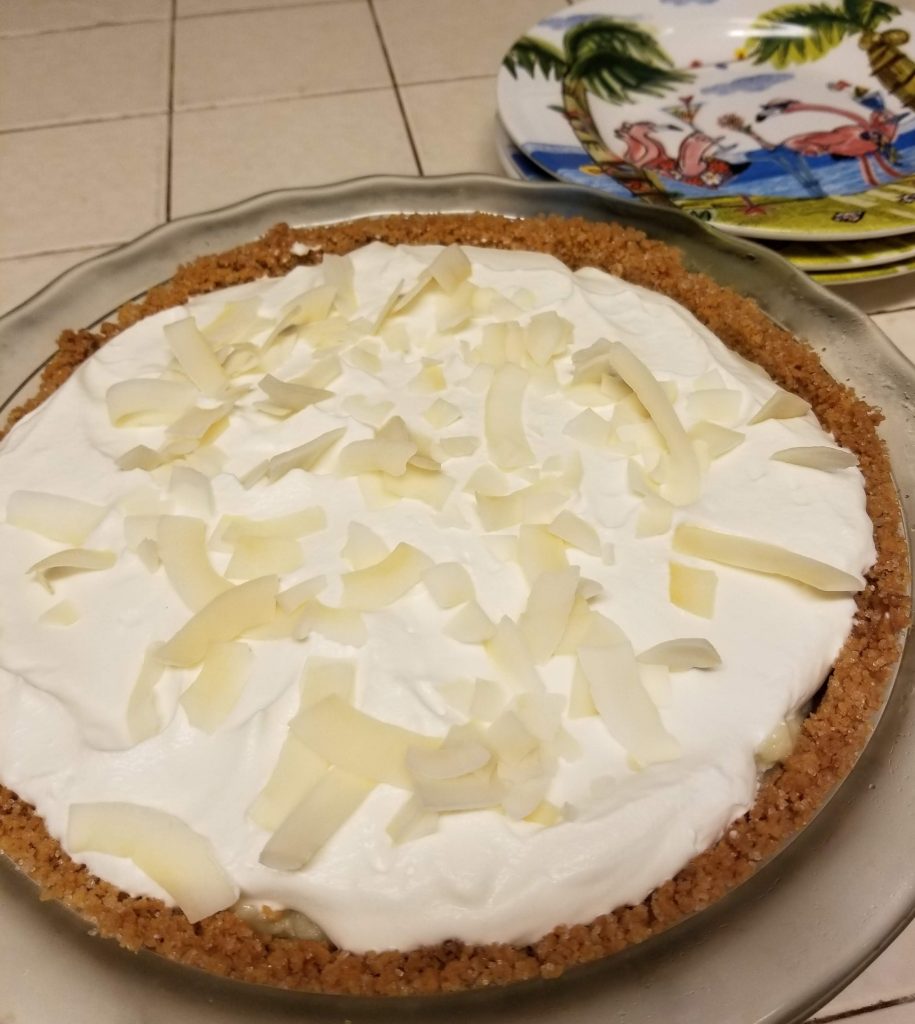

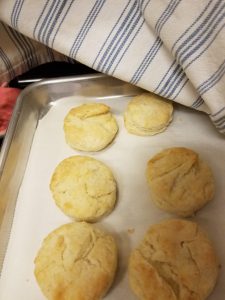 Once the dough comes together, turn it out on a floured surface. Roll it out (I just mashed it out with my hand). Use a biscuit cutter (or a glass) to cut the biscuits. Place on baking sheet. Bake for 10 minutes (they will be pale, but should be slightly golden on top).
Once the dough comes together, turn it out on a floured surface. Roll it out (I just mashed it out with my hand). Use a biscuit cutter (or a glass) to cut the biscuits. Place on baking sheet. Bake for 10 minutes (they will be pale, but should be slightly golden on top).